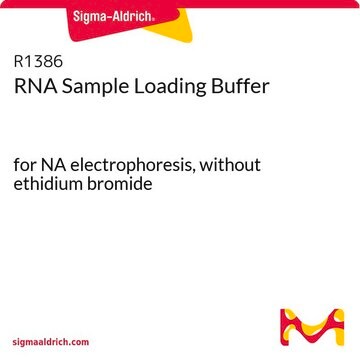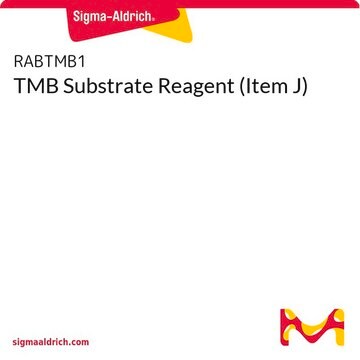S5814
Stop Reagent for TMB Substrate
chromogenic, powder
Synonym(s):
TMB liquid substrate system stop reagent
About This Item
Recommended Products
product name
Stop Reagent for TMB Substrate, powder, ELISA, 450 nm
form
powder
storage temp.
room temp
General description
Application
- for in vitro preparation and analysis of neutrophil extracellular traps (NETs)
- for direct binding enzyme linked immune sorbent assay (ELISA)
- for interference assay
Signal Word
Danger
Hazard Statements
Precautionary Statements
Hazard Classifications
Acute Tox. 4 Dermal - Acute Tox. 4 Oral - Eye Dam. 1 - Skin Corr. 1 - Skin Sens. 1 - STOT SE 3
Target Organs
Respiratory system
Storage Class Code
8A - Combustible corrosive hazardous materials
WGK
WGK 3
Flash Point(F)
260.6 °F - closed cup
Flash Point(C)
127 °C - closed cup
Certificates of Analysis (COA)
Search for Certificates of Analysis (COA) by entering the products Lot/Batch Number. Lot and Batch Numbers can be found on a product’s label following the words ‘Lot’ or ‘Batch’.
Already Own This Product?
Find documentation for the products that you have recently purchased in the Document Library.
Customers Also Viewed
Our team of scientists has experience in all areas of research including Life Science, Material Science, Chemical Synthesis, Chromatography, Analytical and many others.
Contact Technical Service











